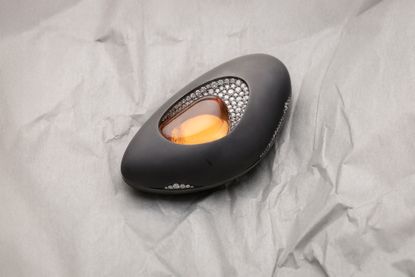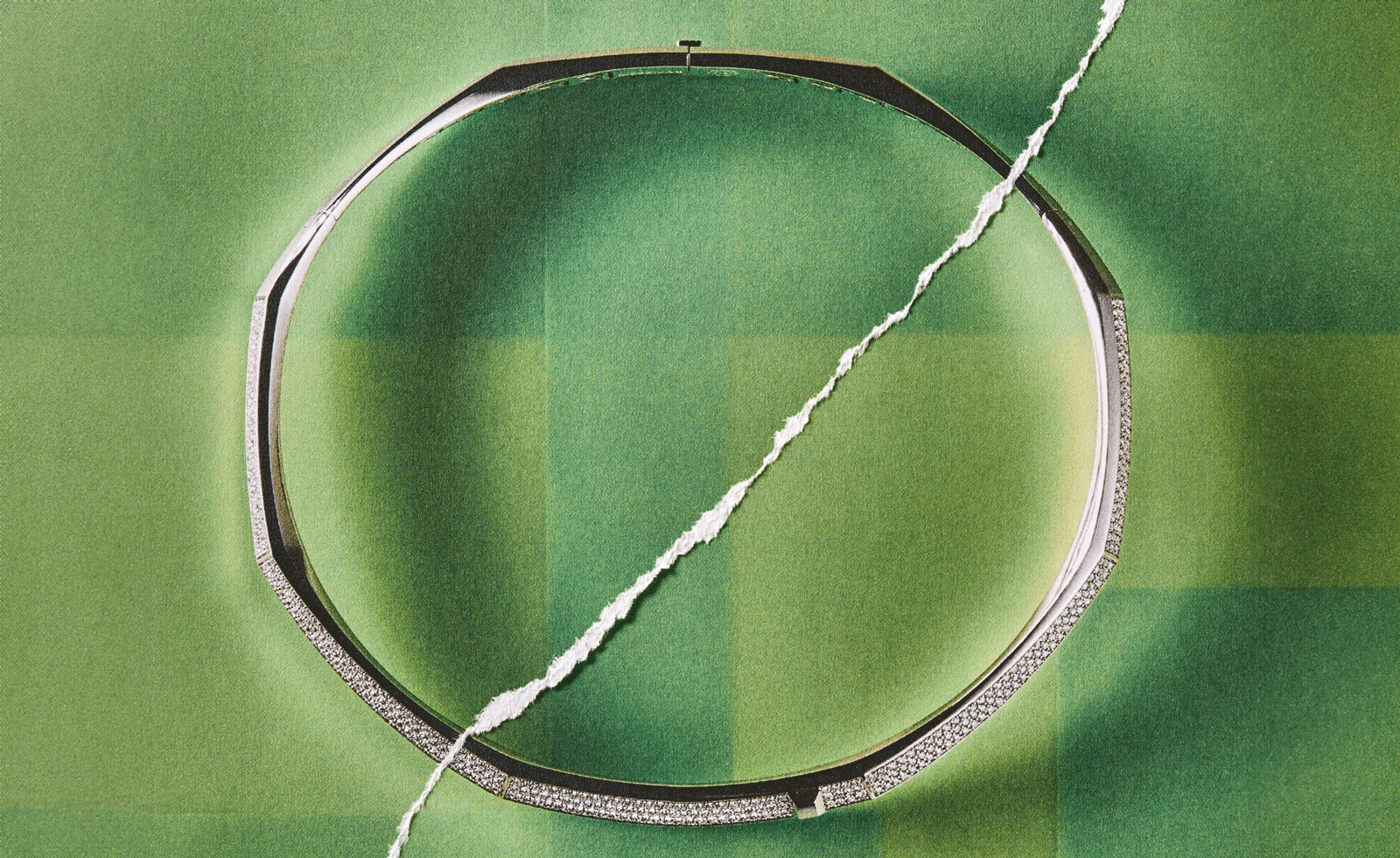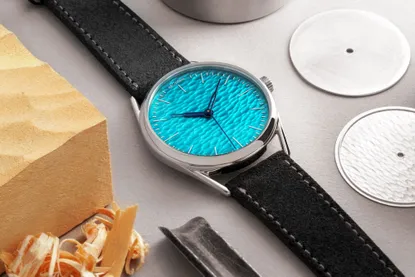Watches & Jewellery
Power jewels, timeless watches, style on all fronts – the Wallpaper* view on the stuff that adorns you
Explore Watches & Jewellery
-
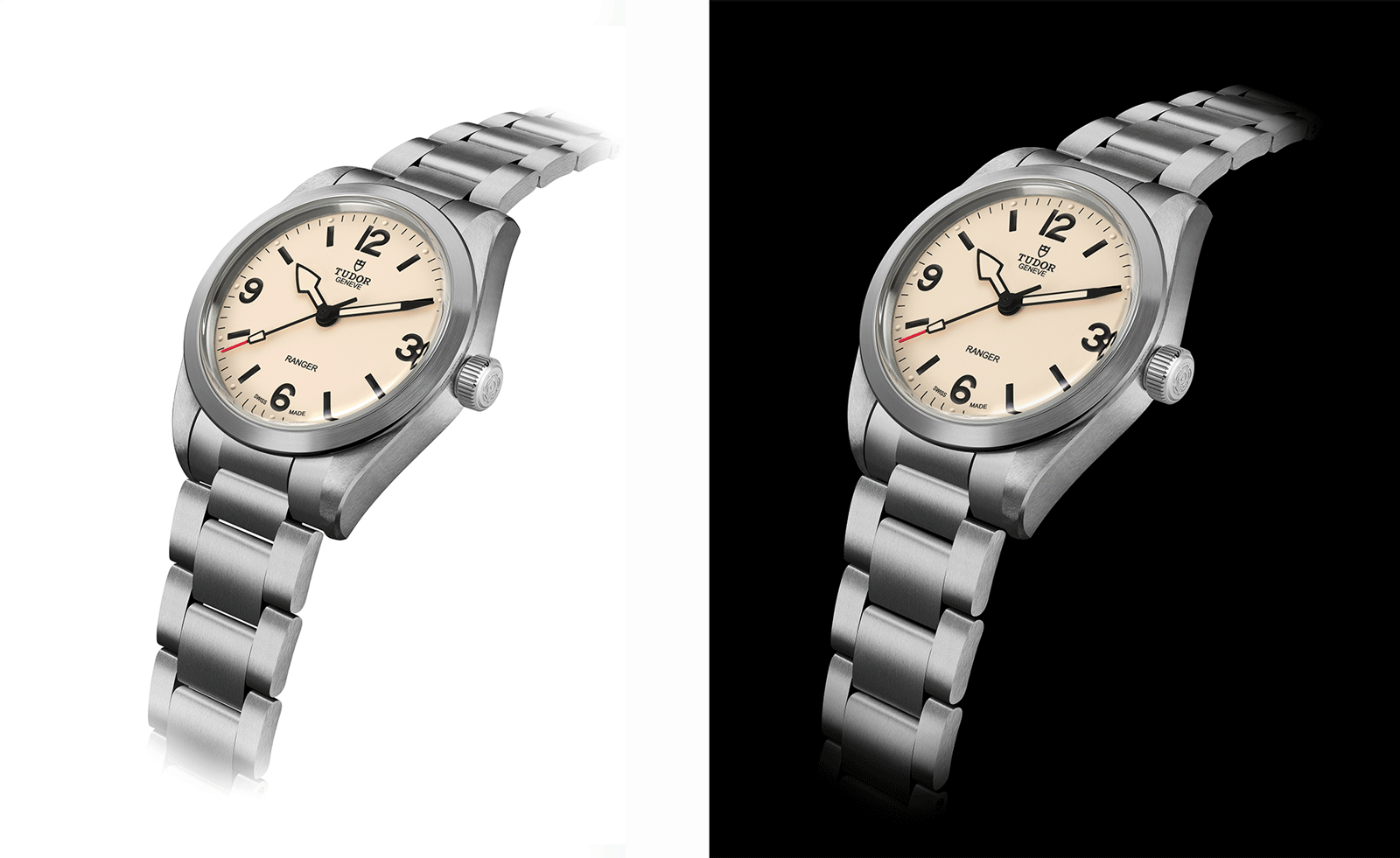
The new Tudor Ranger watches master perfectly executed simplicity
The Tudor Ranger watches look back to the 1960s for a clean and legible design
By James Gurney Published
-
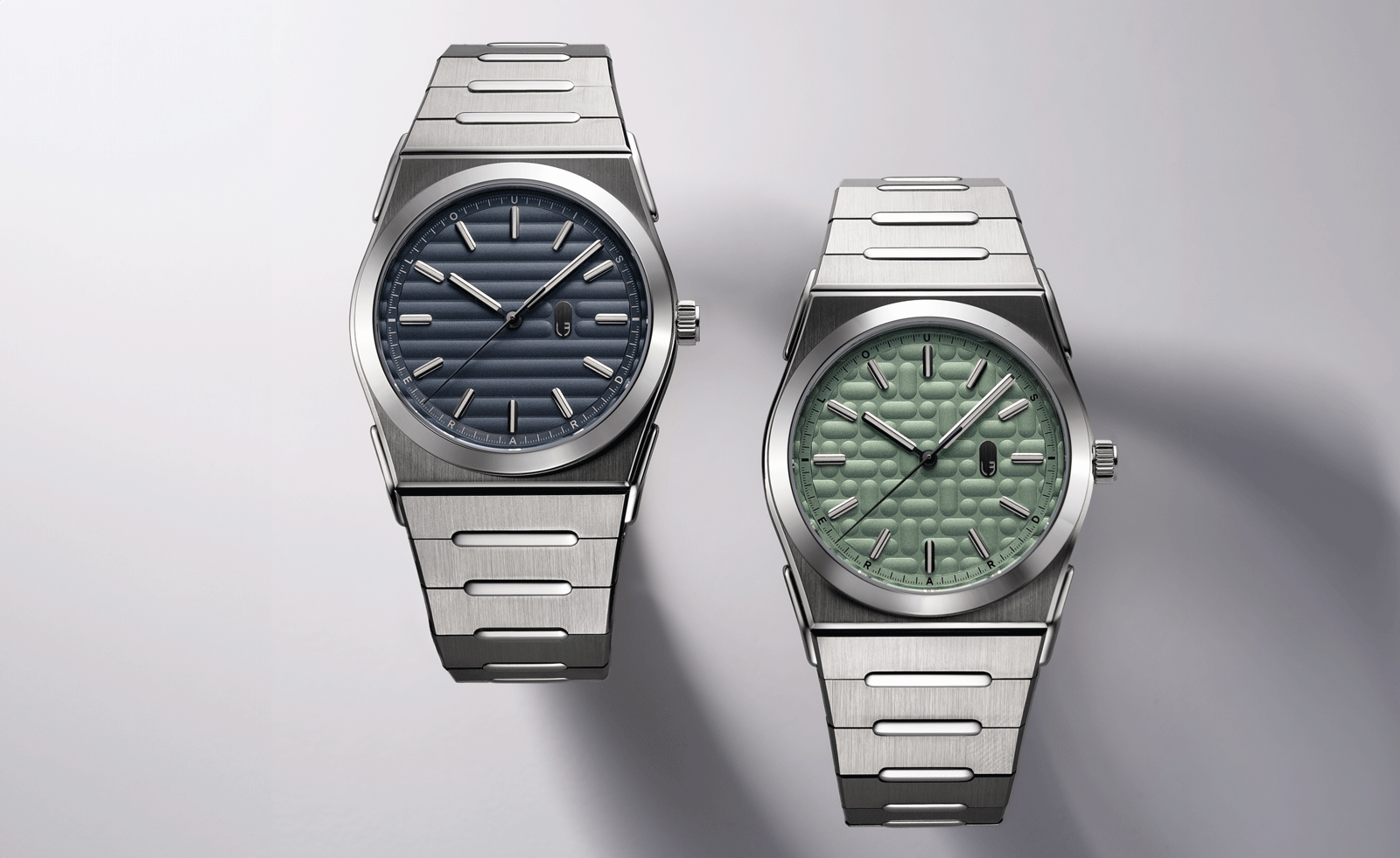
Five watch trends to look out for in 2026
From dial art to future-proofed 3D-printing, here are the watch trends we predict will be riding high in 2026
By Thor Svaboe Published
-
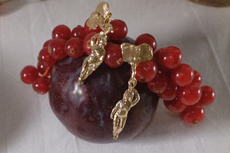
Georgia Kemball's jewellery has Dover Street Market's stamp of approval: discover it here
Self-taught jeweller Georgia Kemball is inspired by fairytales for her whimsical jewellery
By Belle Hutton Published
-

Click to buy: how will we buy watches in 2026?
Time was when a watch was bought only in a shop - the trying on was all part of the 'white glove' sales experience. But can the watch industry really put off the digital world any longer?
By Josh Sims Published
-
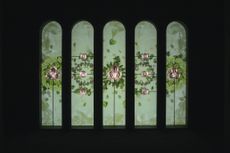
Dive into Buccellati's rich artistic heritage in Shanghai
'The Prince of Goldsmiths: Buccellati Rediscovering the Classics' exhibition takes visitors on an immersive journey through a fascinating history
By Hannah Silver Published
-

Love jewellery? Now you can book a holiday to source rare gemstones
Hardy & Diamond, Gemstone Journeys debuts in Sri Lanka in April 2026, granting travellers access to the island’s artisanal gemstone mines, as well as the opportunity to source their perfect stone
By Anna Solomon Published
-
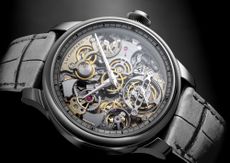
Let’s hear it for the Chopard L.U.C Grand Strike chiming watch
The Swiss watchmaker’s most complicated timepiece to date features an innovative approach to producing a crystal-clear sound
By Bill Prince Published
-
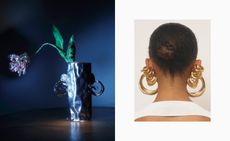
10 watch and jewellery moments that dazzled us in 2025
From unexpected watch collaborations to eclectic materials and offbeat designs, here are the watch and jewellery moments we enjoyed this year
By Hannah Silver Published
-

Why are the most memorable watch designers increasingly from outside the industry?
Many of the most striking and influential watches of the 21st century have been designed by those outside of the industry’s mainstream. Is it only through the hiring of external designers that watch aesthetics really move on?
By Josh Sims Published
-

Next-generation jeweller Rosalie Carlier is one to watch
The young jewellery designer creates sensuous but bold pieces intended to ‘evoke emotion in the wearer’
By Hannah Silver Published
-
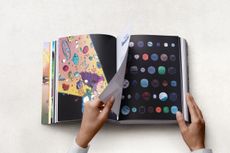
Six beautiful books to gift the watch and jewellery lover
From an encyclopaedic love letter to watchmaking to a celebration of contemporary jewellery, these tomes are true gems
By Milena Lazazzera Published
-
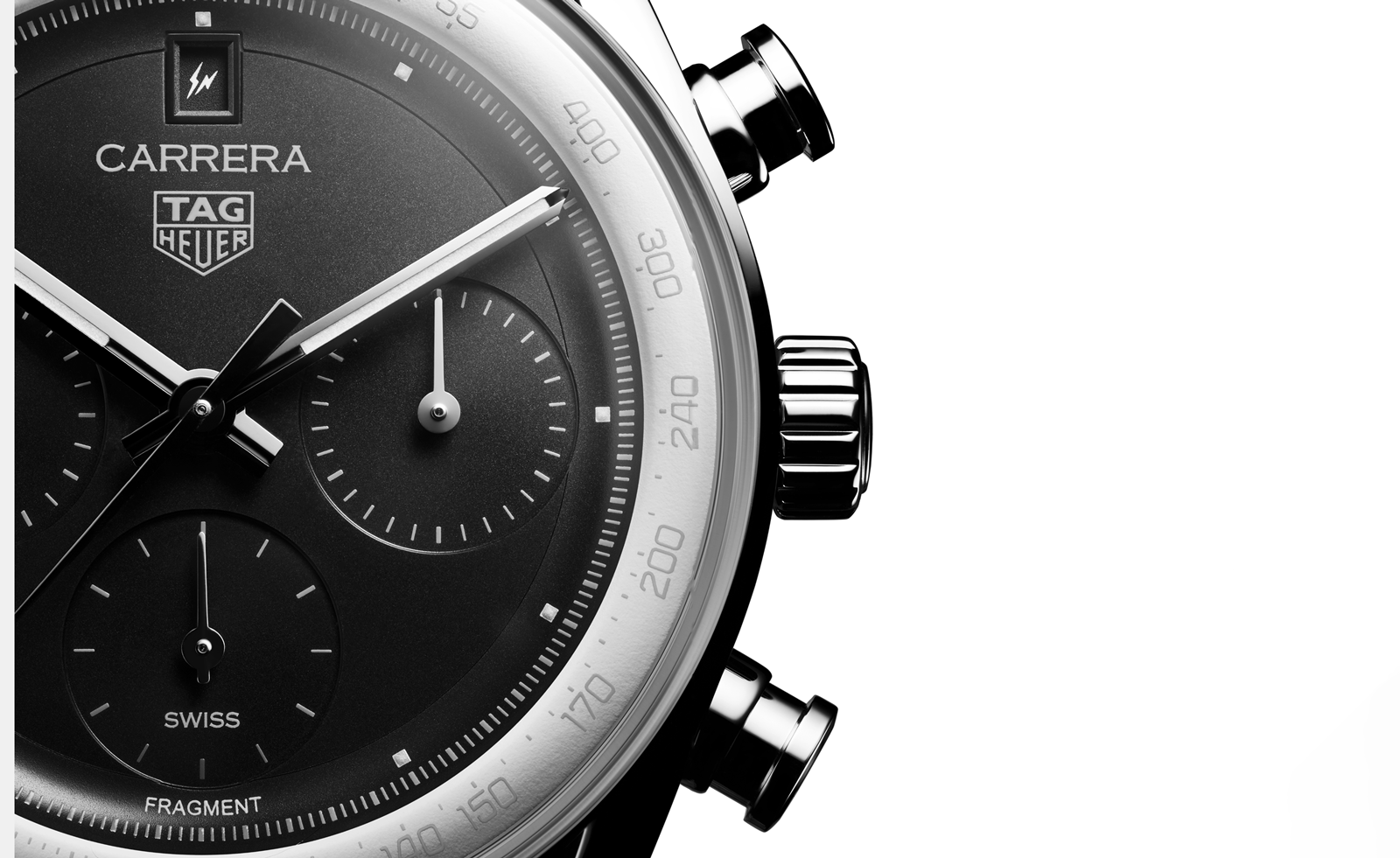
Design is key in TAG Heuer’s end-of-year watch releases
TAG Heuer is embracing exciting materials and new collaborations, capping off a big year; discover the new Fragment and Monaco limited editions
By James Gurney Published
-

A. Lange & Söhne's new Bond Street flagship merges German charm with Mayfair poise
The celebrate the launch of its handsome new home, the brand's releasing an equally elegant new watch
By Thor Svaboe Published
-

Take an exclusive look inside Marc Newson and Ressence’s new watch collaboration
A serendipitous collaboration between innovative watch brand Ressence and Marc Newson dials up on the industrial designer’s earlier cult offerings
By Hannah Silver Published
-
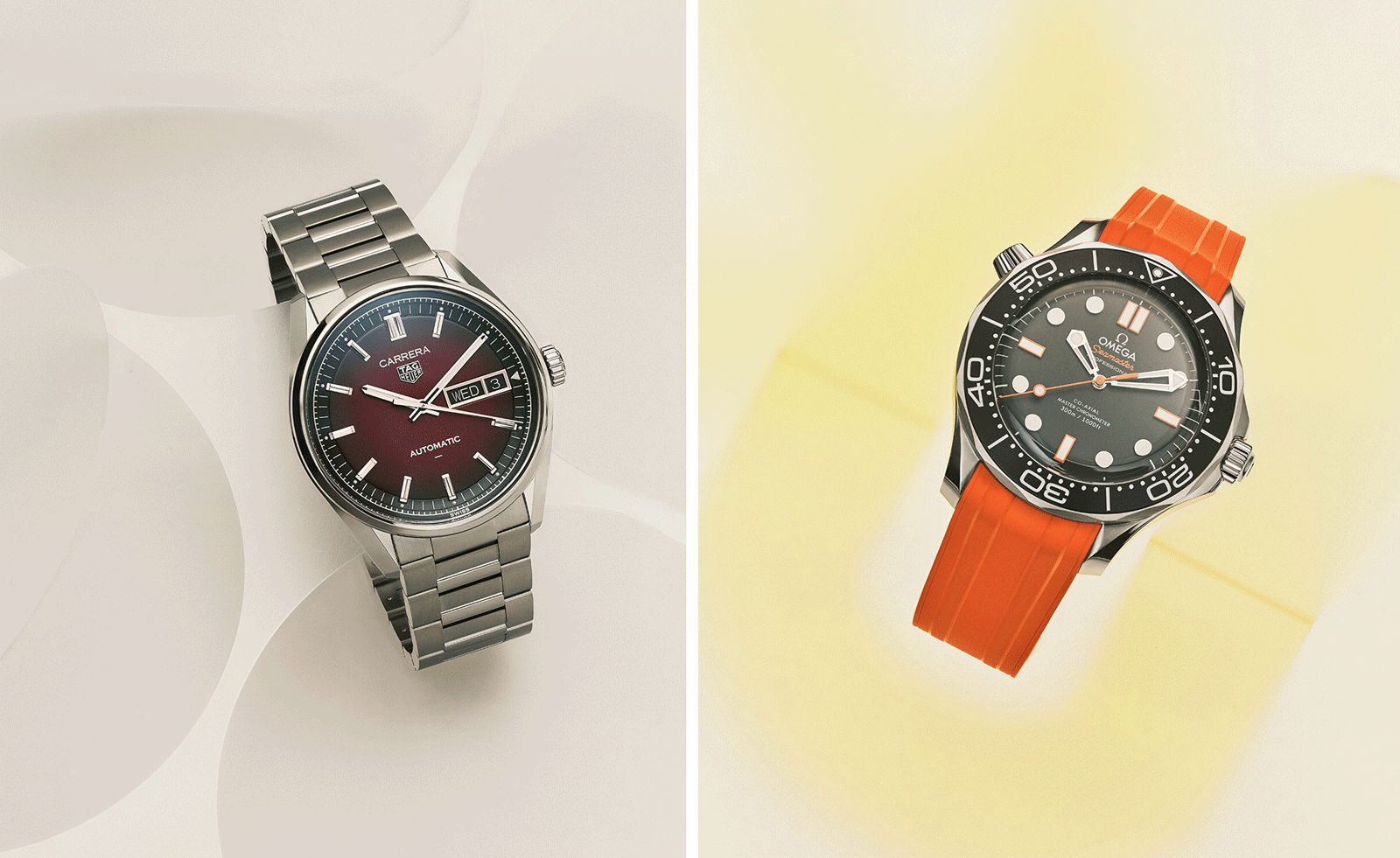
Add a pop of colour to your wrist this season with these bold watches
Brightly coloured watches, from Rolex, Omega, Patek Philippe and more, are just the thing for the winter season
By Hannah Silver Published
-

Hublot and Daniel Arsham make a splash
The Hublot MP-17 MECA-10 Arsham Splash Titanium Sapphire watch rethinks a traditional design
By Simon Mills Published
-
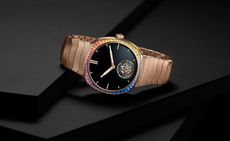
The gold watches to covet now
Gold watches from H Moser & Cie, Fears and Patek Philippe are on our radar for 2026
By Josh Sims Last updated
-
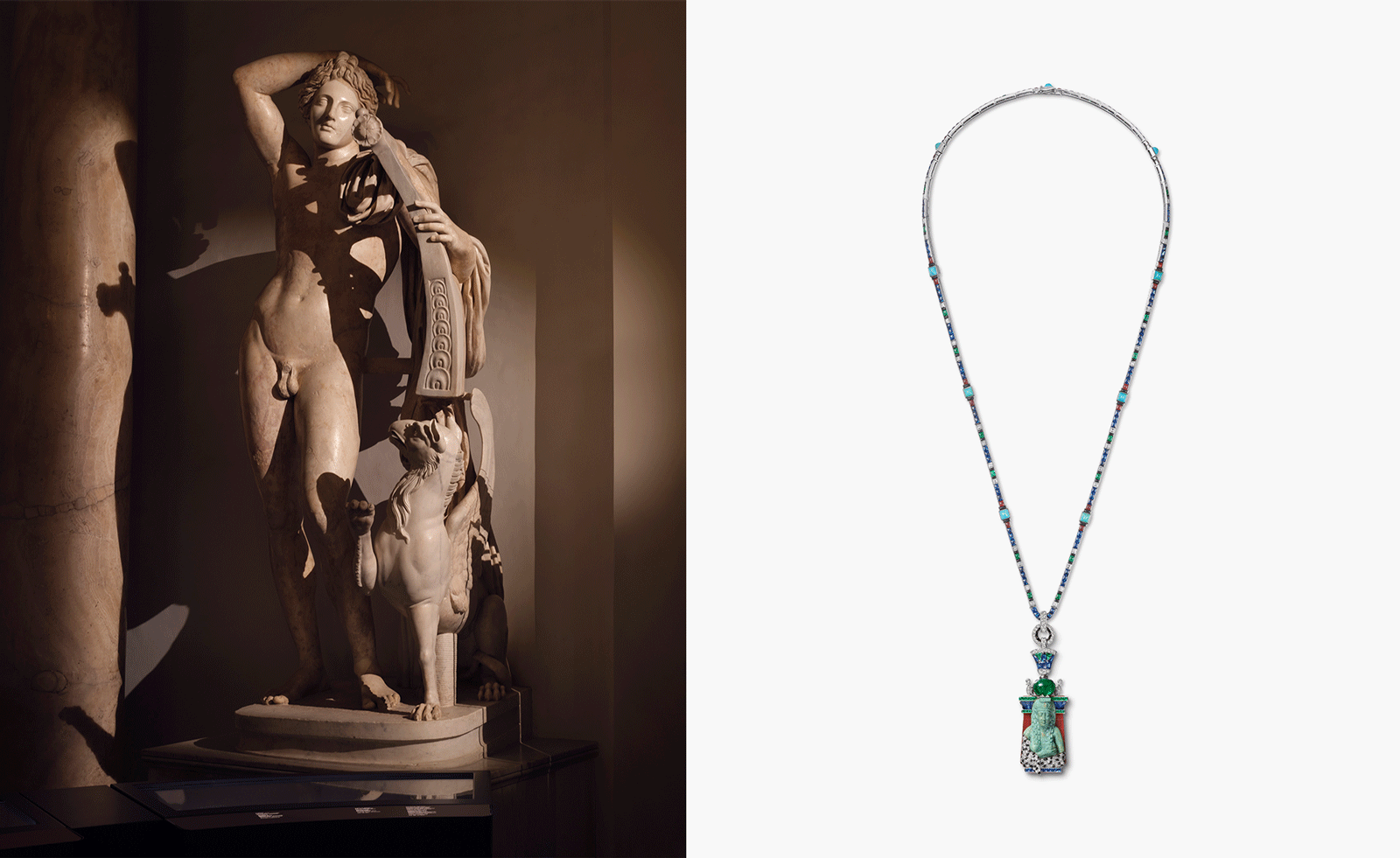
Cartier pays tribute to ancient myths in Rome exhibition
In ‘Cartier & Myths at the Capitoline Museums’, Cartier looks to its rich history of drawing inspiration from the ancient world
By Hannah Silver Published
-
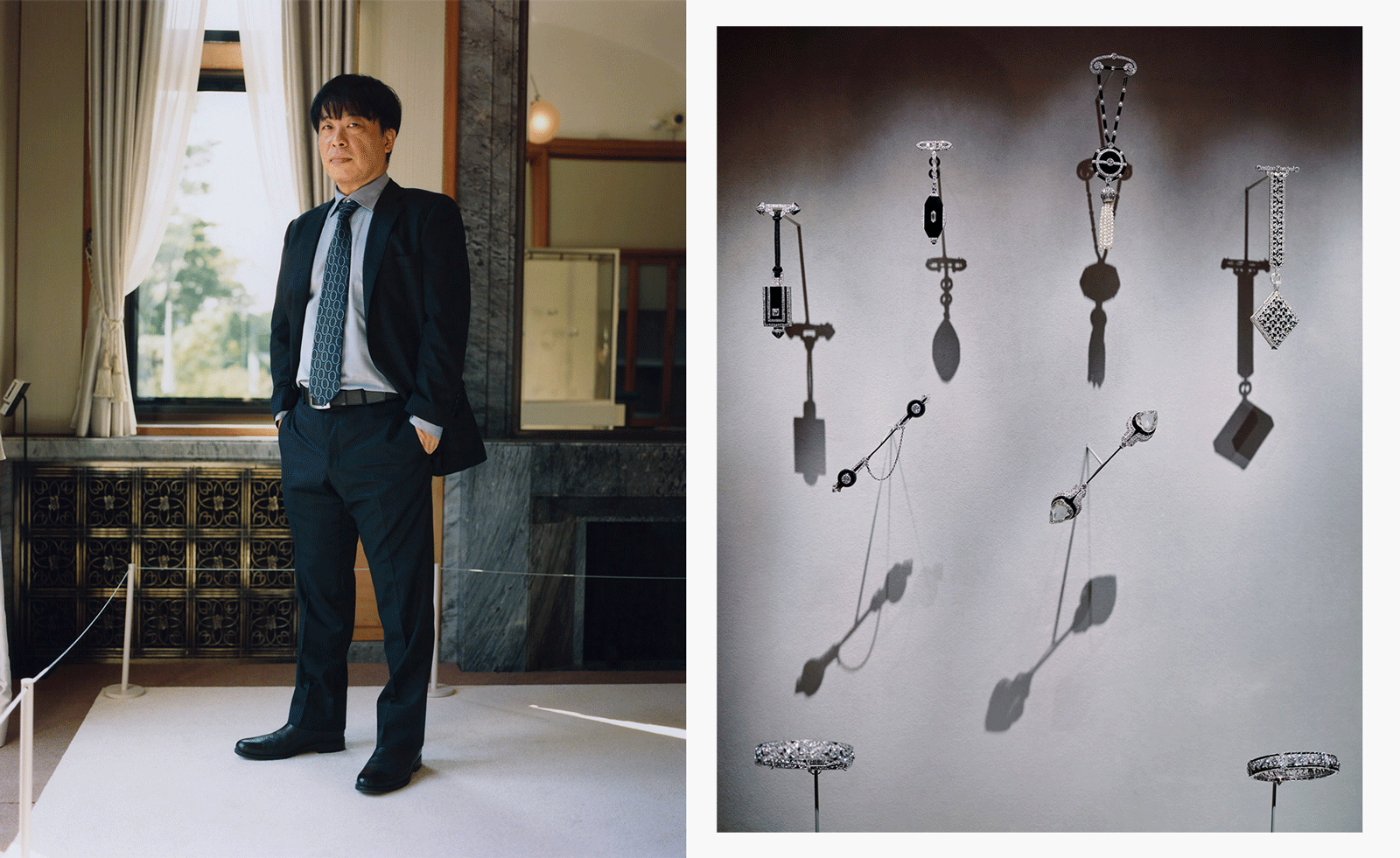
Van Cleef & Arpels celebrates the early flowering of its art deco jewellery designs with an exhibition in Tokyo
Van Cleef & Arpels nod back to an illustrative Art Deco history with an exhibition celebrating its influence
By Hannah Silver Published
-
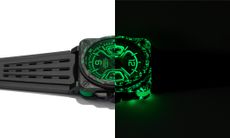
Get the glow: the best luminescent watches
Is luminescence the next artistic edge in watchmaking? Here’s how brands from MB&F to Schofield, IWC, Bamford and Bell & Ross are developing exciting, glowing watches
By Josh Sims Published
-
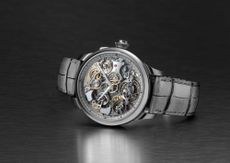
At Dubai Watch Week, brands unveil the last new releases of the year
Brands including Chopard, Louis Vuitton, Van Cleef & Arpels present new watches at Dubai Watch Week
By James Gurney Published
-
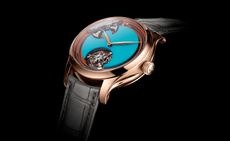
These statement watches are surefire conversation starters
From Richard Mille to Hublot and Bulgari, these statement watches aren’t to be missed
By Chris Hall Last updated
-
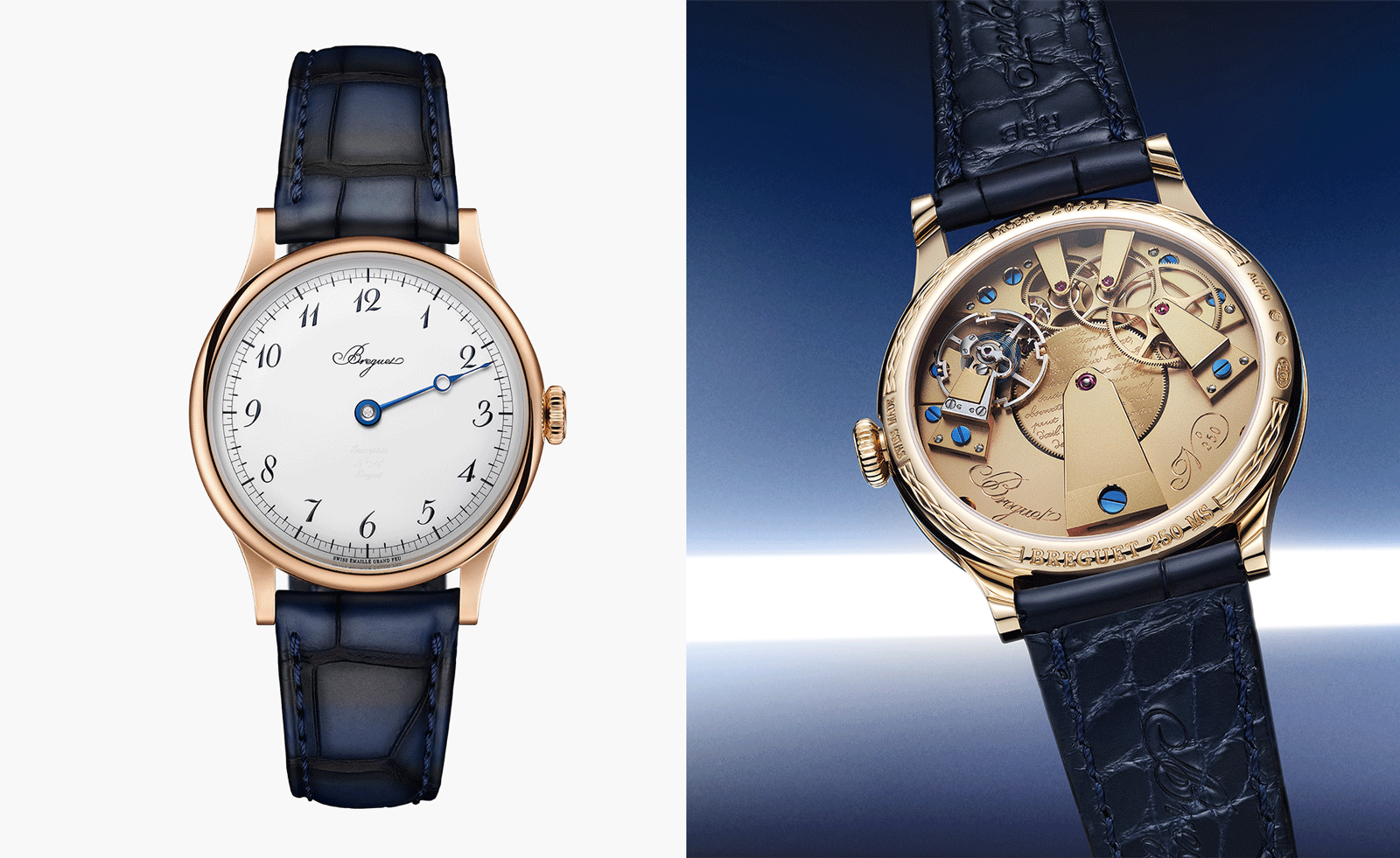
Who won big at the GPHG, the Oscars of the watch world
Wallpaper* editor-in-chief and Grand Prix d’Horlogerie Genève jury member Bill Prince on the watch world’s 2025 winners
By Bill Prince Published
-
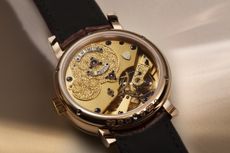
Friction-free movements will revolutionise the watch industry – why don't we have them yet?
Oil is the reason your mechanical watch requires periodic (and expensive) servicing. Finding ways to do without it altogether remains, as it has been since the 1700s, the holy grail of watchmaking
By Josh Sims Published
-
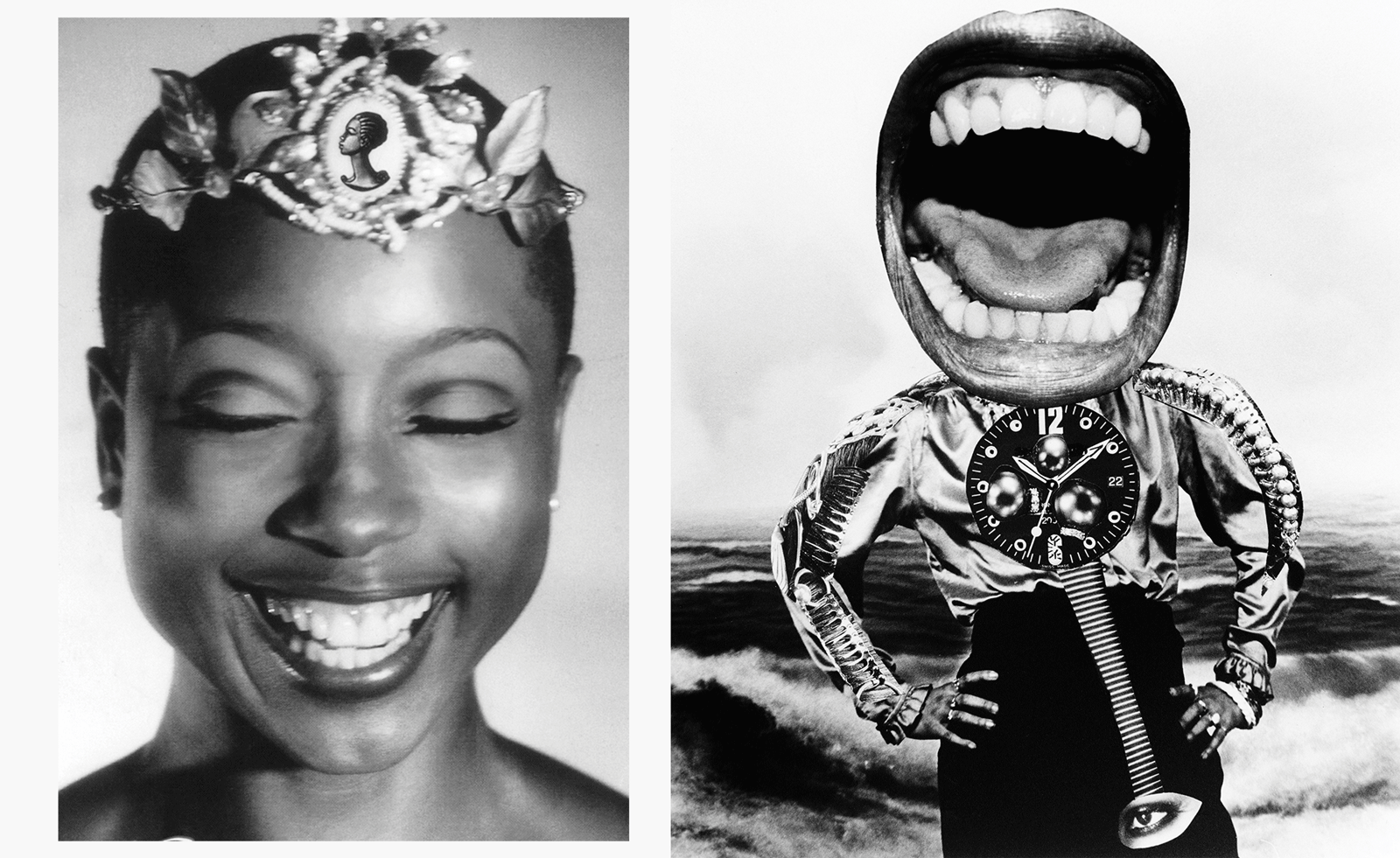
Inside Coreen Simpson’s fabulous, jewellery- and art-filled world
To mark the publication of ‘Coreen Simpson: A Monograph’, we meet the octogenarian photographer and jewellery designer over Zoom, and take a deep dive into her world
By Sarah Moroz Published
-
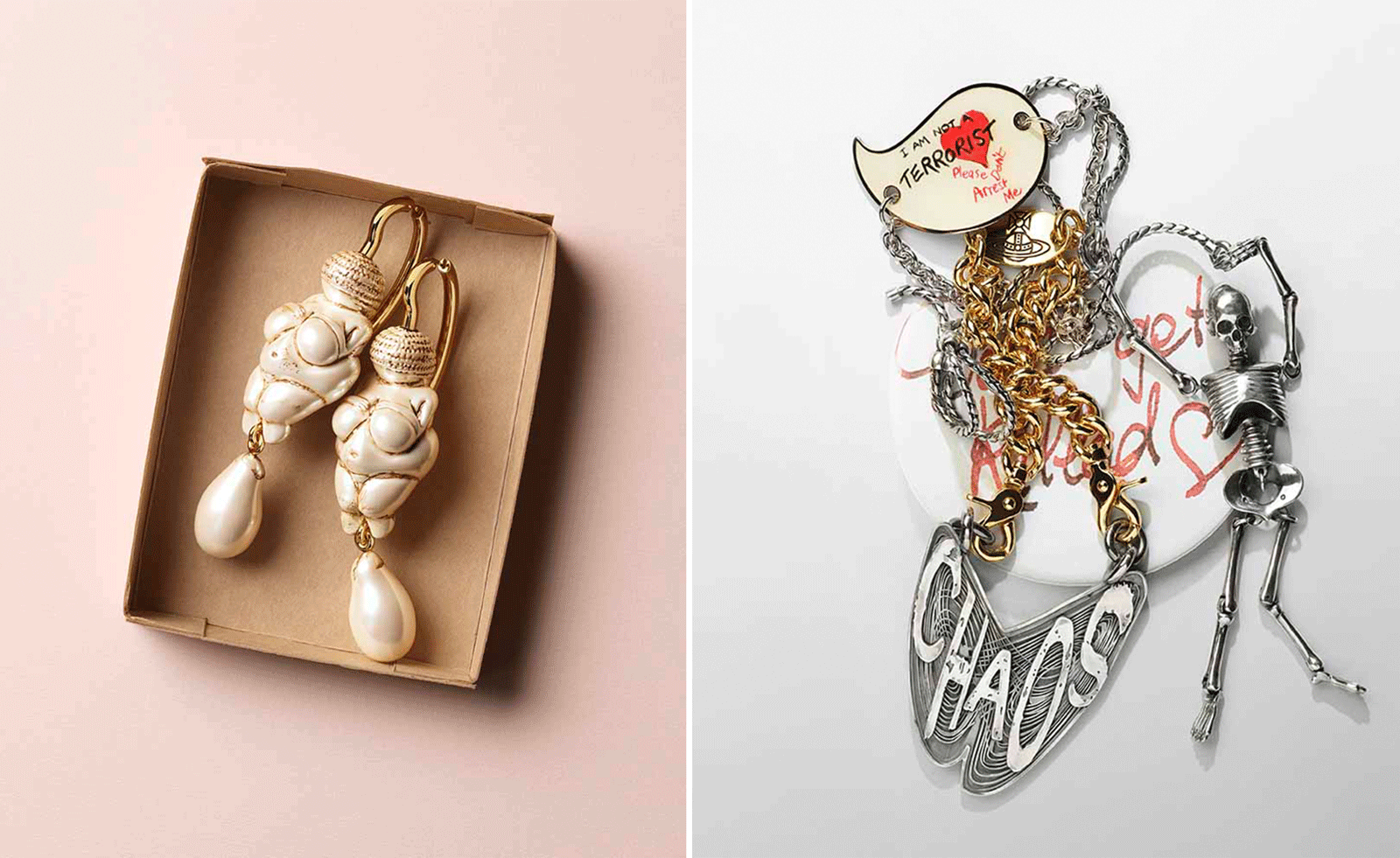
Punk, pearls and politics: a new book pays tribute to Vivienne Westwood's glorious jewellery
'Vivienne Westwood & Jewellery' is the first book to focus on the designer’s jewellery creations
By Hannah Silver Published
-
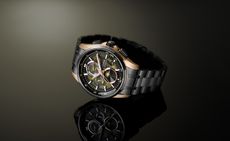
The Japanese watch brands you need to know now
Naoya Hida & Co, Kikuchi Nakagawa and Kurono Tokyo are just some of the Japanese watch brands to keep an eye on
By Thor Svaboe Last updated
